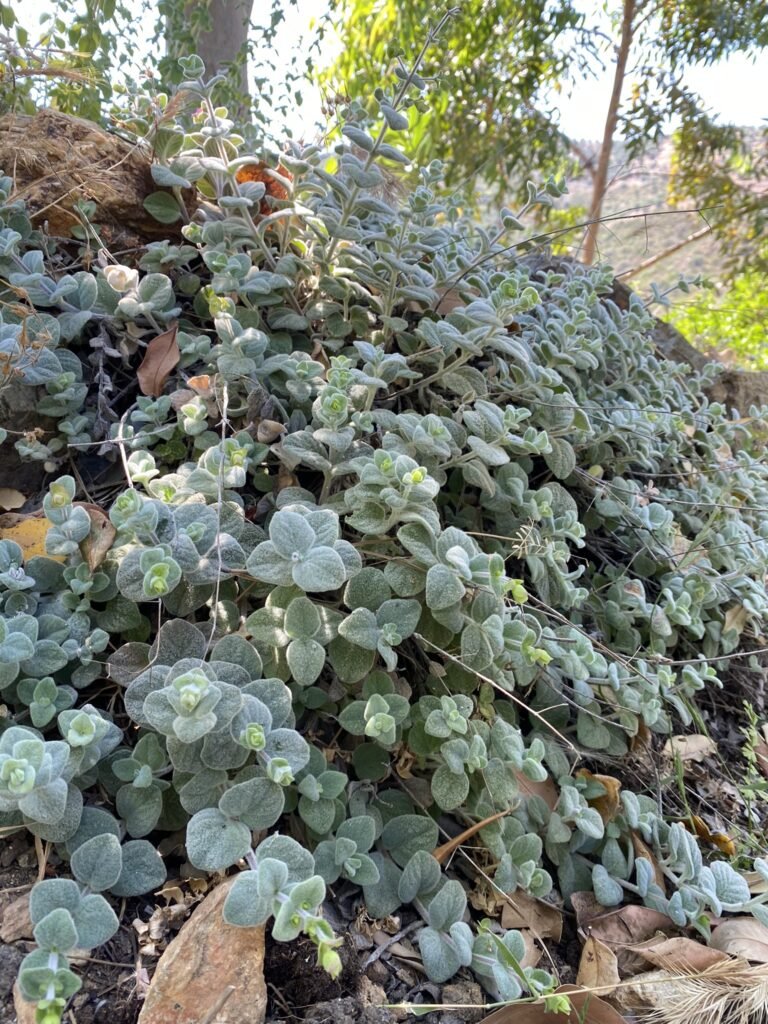Crete, the largest Greek island, is a treasure trove of natural wonders that often go unnoticed by casual visitors. Beyond its stunning beaches and rich history, the island boasts a unique ecosystem that has fascinated naturalists and visitors alike for centuries. Here are ten surprising facts about Crete’s plant and animal life that will deepen your appreciation for this Mediterranean gem and perhaps inspire your next visit.
1. The Cretan Date Palm: A European Rarity

Crete is home to the only native palm tree species in Europe, the Cretan date palm (Phoenix theophrasti). This unique tree can be found in the famous Vai Palm Forest on the eastern coast of Crete, as well as in Preveli Beach in the south. The Vai Palm Forest, spanning over 20 hectares, is the largest natural palm forest in Europe, creating a tropical oasis that feels more like the Caribbean than the Mediterranean. These palms are living relics from a warmer prehistoric era, surviving in Crete’s microclimate.
2. Kri-kri Goats: The Acrobats of Crete

The Kri-kri goat, or Cretan ibex, is not just an iconic symbol of Crete but also a testament to the island’s unique evolutionary history. These agile creatures, found nowhere else in the world, are believed to be descendants of goats brought to the island by the Minoans over 5,000 years ago. Their impressive climbing skills allow them to navigate the steep cliffs of the Samaria Gorge with ease. Conservation efforts have helped stabilize their population, making them a success story in Cretan wildlife protection.
3. A Birdwatcher’s Paradise

Crete’s strategic location in the Mediterranean makes it a crucial stopover for migratory birds, creating a birdwatcher’s paradise. The island hosts over 350 bird species throughout the year, including the rare Eleonora’s falcon, which breeds on Crete’s coastal cliffs. The Lammergeier, or Bearded Vulture, is another spectacular sight, with its 2.5-meter wingspan. Birdwatching enthusiasts should visit Lake Kournas, Crete’s only freshwater lake, which attracts a diverse array of water birds.
4. Orchid Haven: A Springtime Spectacle

With over 70 species of orchids, many of which are endemic, Crete offers a spectacular display for flower enthusiasts. The best time to witness this floral extravaganza is from late February to May. The Orchis boryi, found only on Crete, and the bee orchid (Ophrys cretica), which mimics the appearance of bees to attract pollinators, are among the most fascinating species. The Lefka Ori (White Mountains) and the Lasithi Plateau are particularly rich in orchid diversity.
5. Ancient Olive Trees: Living History

Crete’s ancient olive trees are not just agricultural assets but living monuments to the island’s history. The olive tree of Vouves, estimated to be over 3,000 years old, is one of the oldest olive trees in the world and still produces olives. This tree has witnessed the rise and fall of civilizations and continues to stand as a symbol of longevity and resilience. Visitors can see cuttings from this tree at the entrance of the Athens Olympic Stadium.
6. Mediterranean Monk Seals: Elusive Marine Treasures

The endangered Mediterranean monk seal finds sanctuary in Crete’s secluded coastal caves. With a global population of less than 700, spotting one of these rare creatures is a once-in-a-lifetime experience. The northwestern coast of Crete, particularly around the Rodopou Peninsula, is known to harbor these elusive mammals. Conservation efforts, including the creation of protected marine areas, are crucial for their survival.
7. Aromatic Herbs: Nature’s Pharmacy

Crete’s aromatic herbs are more than just culinary delights; they’re a vital part of the island’s traditional medicine and culture. The unique dittany of Crete (Origanum dictamnus), known locally as ‘erontas’ (love), grows wild on the island’s mountainsides and has been used for millennia for its healing properties. Legend has it that wild goats would eat this herb to heal themselves from arrow wounds, leading to its reputation as a powerful medicinal plant.
8. Crete’s Unique Beetles: Tiny Marvels

The island’s isolation has led to the evolution of unique insect species, including the Cretan Ground Beetle (Tapinopterus creticus). These beetles, some of which are blind and live exclusively in caves, have adapted to Crete’s specific environmental conditions over millions of years. Entomologists from around the world come to Crete to study these unique species, which play crucial roles in the island’s ecosystems.
9. Vibrant Marine Life: An Underwater Wonderland

The waters surrounding Crete are home to a rich variety of marine life, making it a paradise for snorkelers and divers. The island’s southern coast, particularly around Gavdos and Chrissi islands, offers some of the clearest waters in the Mediterranean. Here, you can spot loggerhead sea turtles, playful dolphins, and even the occasional sperm whale. The presence of Posidonia oceanica meadows, often called “the lungs of the Mediterranean,” supports this diverse marine ecosystem.
10. The Evergreen Plane Tree: A Year-Round Wonder
Crete’s evergreen plane tree (Platanus orientalis var. cretica) is a botanical anomaly that defies the typical deciduous nature of plane trees. The most famous example is the plane tree of Krasi, believed to be over 2,000 years old, with a trunk circumference of 22 meters. Local legend says that Zeus and Europa rested under this very tree. These evergreen plane trees are not only natural wonders but also important cultural landmarks, often serving as central gathering points in Cretan villages.
Discover the Wonders of Crete’s Natural World

From ancient trees and rare orchids to unique wildlife and vibrant marine ecosystems, Crete’s plant and animal life offer endless opportunities for discovery and wonder. Whether you’re hiking through the Samaria Gorge, snorkeling in crystal-clear waters, or simply enjoying the shade of an ancient olive tree, Crete’s natural world provides a deeper connection to the island’s rich biodiversity and cultural heritage.
For nature enthusiasts, consider timing your visit to coincide with the spring wildflower bloom or the fall bird migrations. Many local tour operators offer specialized eco-tours, including birdwatching excursions, botanical hikes, and marine wildlife watching trips.
Remember to practice responsible tourism by respecting wildlife, staying on designated trails, and supporting local conservation efforts. By doing so, you’ll help ensure that Crete’s unique natural treasures can be enjoyed by generations to come.
Whether you’re a first-time visitor or a Crete enthusiast, exploring the island’s flora and fauna adds a new dimension to your experience, revealing the intricate connections between Crete’s landscape, its wildlife, and its rich cultural history. So, on your next visit, take time to discover the natural wonders that make Crete truly unique – you might just fall in love with the island all over again.

